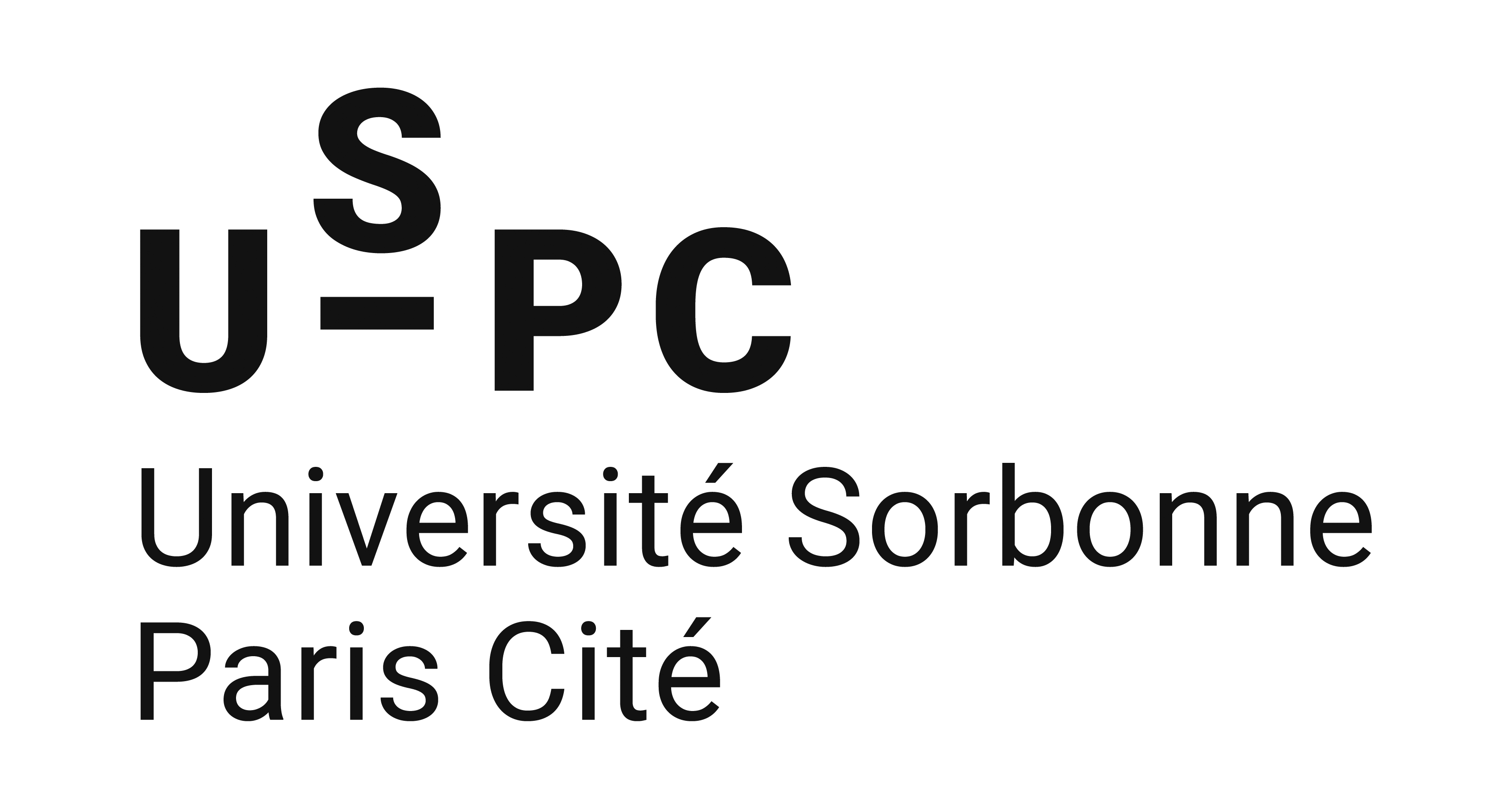The clustering of the SDSS-IV extended Baryon Oscillation Spectroscopic Survey DR14 quasar sample: measurement of the growth rate of structure from the anisotropic correlation function between redshift 0.8 and 2.2
Résumé
We present the clustering measurements of quasars in configuration space based on the Data Release 14 (DR14) of the Sloan Digital Sky Survey IV extended Baryon Oscillation Spectroscopic Survey (eBOSS). This data set includes 148 659 quasars spread over the redshift range 0.8 ≤ z ≤ 2.2 and spanning 2112.9 deg^2. We use the Convolution Lagrangian Perturbation Theory approach with a Gaussian Streaming model for the redshift space distortions of the correlation function and demonstrate its applicability for dark matter haloes hosting eBOSS quasar tracers. At the effective redshift z_eff = 1.52, we measure the linear growth rate of structure fσ_8(z_eff) = 0.426 ± 0.077, the expansion rate $$H(z_{\rm eff})= 159^{+12}_{-13}(r_{{\rm s}}^{\rm fid}/r_{\rm s})\,{\rm {\rm }km s}^{-1} {\rm Mpc}^{-1}$$, and the angular diameter distance $$D_{{\rm A}}(z_{\rm eff})=1850^{+90}_{-115}\,(r_{\rm s}/r_{{\rm s}}^{\rm fid})\,{\rm {\rm }Mpc}$$, where r_s is the sound horizon at the end of the baryon drag epoch and $$r_{{\rm s}}^{\rm fid}$$ is its value in the fiducial cosmology. The quoted uncertainties include both systematic and statistical contributions. The results on the evolution of distances are consistent with the predictions of flat Λ-cold dark matter cosmology with Planck parameters, and the measurement of fσ_8 extends the validity of General Relativity to higher redshifts (z > 1). This paper is released with companion papers using the same sample. The results on the cosmological parameters of the studies are found to be in very good agreement, providing clear evidence of the complementarity and of the robustness of the first full-shape clustering measurements with the eBOSS DR14 quasar sample.
| Origine | Fichiers produits par l'(les) auteur(s) |
|---|
